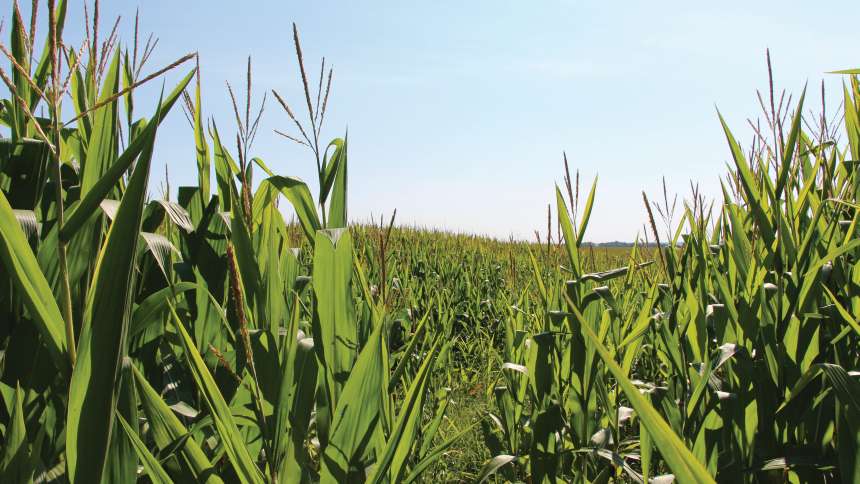New Resistance To 2,4-D Discovered In Australia
In a world-first case of herbicide resistance, researchers have confirmed that sowthistle weed in the south east of South Australia is resistant to the popular product 2,4-D, reports Danielle Grindlay of ABC Rural News in Australia.
The Grains Research and Development Corporation (GRDCC) said the localised situation was of national concern because sowthistle is becoming harder to manage in no-till crops and can already tolerate other herbicides.
University of Adelaide’s Dr. Chris Preston warned that producers across southern Australia were likely to face the same problem unless they changed practices.
“Most of the spread is going to be fairly localised unless it turns up in hay,” he said. “What we will see is farmers in other areas, who are treating the weed with exactly the same herbicides … they will actually get their own resistance.
“We’re good at world-firsts with herbicide resistance in Australia.”
It is not the first chemical group sowthistle has built up a resistance to.
Decades ago grain producers relied heavily on ‘Group B’ herbicides, including chlorsulfuron and metsulfuron, which most of the weed populations are now resistant to.
Researchers have also confirmed three cases of resistance to glyphosate in northern New South Wales, with more testing underway on suspect populations”
“[Group B] herbicides controlled it very well,” Dr. Preston said. “It wasn’t until it got resistance to those herbicides that it started to come back to be a problem. I think the problem we’re going to face, going forward, is that the alternatives are actually far more expensive.”
Dr. Preston said sowthistle was of most concern in pulse crops and pasture situations.
“It will use moisture, collects diseases and insects and just generally causes a problem,” he said. “If farmers act now and look at their practices around sowthistle control, it probably won’t be a major weed. We need to make sure that we do control it because if we do get very large populations it can be troublesome and it’s also got seed that blows on the wind, so one farmer’s problem can become another farmer’s problem because it will simply blow over the fence.”
Sowthistle has been considered a ‘major weed’ in northern New South Wales for more than 15 years, as the damage is greater in areas that lack water.
“They rely so heavily on that fallow period for moisture, so if they don’t get control of sowthistle in the fallow period it means they really can’t grow a crop,” Dr. Preston said. “We have just a little bit of extra leeway in the southern region over that but we don’t want paddocks getting full of this over summer because it will impact on our winter cropping.”






